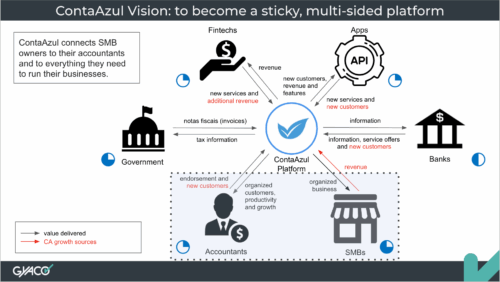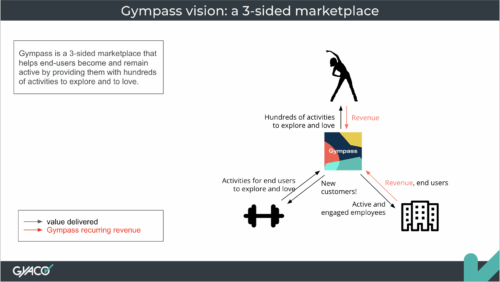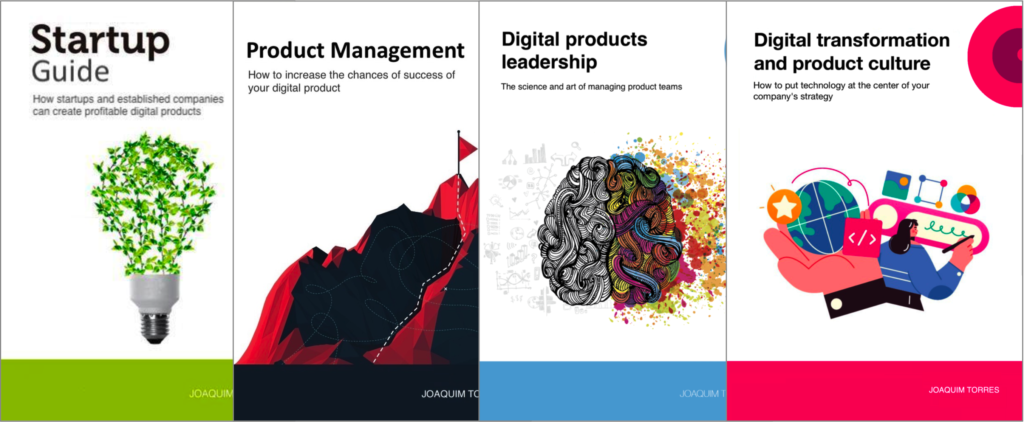How much time should we spend on discovery?
15 de July, 2025Beyond Archetypes: The Dimensions of Product Leadership
28 de August, 2025In many product teams, the term “North Star” has become synonymous with a metric. That single metric that represents customer value and business growth, and helps the team stay focused on what really matters.
Nothing wrong with that. The North Star metric has its value. But there’s a problem: when we confuse the guiding star with the speedometer. A metric is an instrument. A vision is direction.
The true North Star of a product isn’t a number. It’s a destination. A clear picture of the desired future — one that guides decisions, gives meaning to the work, and inspires people even when the path ahead is uncertain.
A metric tells us how fast we’re going. A vision tells us where we’re going — and why.
Vision Is Direction
A product vision is an idea that points forward. A clear statement of the impact we want to create in the world: for whom, through what change, and at what scale.
Without a vision, a metric can be optimized in a vacuum. The team ships fast, but has no idea if it’s heading in the right direction. The company grows, but without purpose. The product improves, but with no clarity about what it’s really serving.
Vision comes first. The North Star metric only makes sense after we’re clear on what our true guiding star is.
Two Examples Outside the Tech Bubble
The idea of vision as a destination isn’t new. And it doesn’t belong only to the digital product world. It shows up in historic moments that moved people and organizations.
When John Lennon wrote Imagine, he wasn’t proposing a public policy, nor a roadmap — much less a metric to follow. He was painting a possible future — bold, almost utopian — that invites reflection and action. A vision that spans generations.
When President Kennedy announced in 1961 that the United States would land a man on the Moon before the end of the decade, he wasn’t talking about rockets or technology. He was offering a vision of a nation, of boldness, of collective achievement. A vision so clear it mobilized thousands of people to solve problems that didn’t even exist yet.
These visions worked because they pointed to something bigger. Because they gave people a sense of purpose. Because they didn’t say how — they said why.
What Does This Have to Do with Product?
Everything.
A digital product without vision is just a collection of features. A product team without vision risks being efficient at the irrelevant.
A clear vision, on the other hand, transforms:
-
Prioritization, because we know what truly matters;
-
The ability to say no, avoiding distractions;
-
The choice of the right metric, instead of the easiest one to measure.
Vision connects day-to-day work to the change we want to create in the world. It’s what turns an operational team into a strategic one.
Real-World Examples of Clear Vision
From the Gyaco site, here are a few examples that illustrate this clarity in action:
Fun Retrospectives
“Help facilitators around the world have better group interactions.”
A short, powerful sentence: it names the audience (facilitators), shows global ambition (around the world), and focuses on impact (better group interactions).
Locaweb’s E‑mail
“Locaweb Email will be the most complete and flexible email solution in the Brazilian market.”
A bold vision with a clear intent for leadership and differentiation.
Conta Azul
Also represented by an image, this vision made it clear the platform went far beyond a gym marketplace, highlighting value exchanges among users, partners, and companies.
Gympass
Also represented by an image, this vision made it clear the platform went far beyond a gym marketplace, highlighting value exchanges among users, partners, and companies.
What do these visions have in common?
-
Clarity — they know who they serve, what they solve, and how it fits the market;
-
Inspiration — ambitious enough to engage teams, customers, and partners;
-
Direction — they work as a filter for strategic choices, feature by feature.
The Metric Comes After
When you have a vision like this — clear, inspiring, relevant — it becomes much easier to pick the right North Star metric:
-
For Fun Retrospectives, it might be the number of retrospectives run each week.
-
For Locaweb Email, # of email accounts, messages sent and received.
- For Conta Azul, # of SMBs and accountants.
-
For Gympass, the volume of interactions between users and gyms.
The metric is how you measure progress. The vision is the horizon that guides the entire journey.
Summing up
The true North Star of a product isn’t a number. It’s a clear, inspiring picture of the destination we want to reach. Something your teams can feel, your stakeholders can see, and everyone can use as a compass — even when the path is uncertain.
Workshops, coaching, and advisory services
I’ve been helping companies and their leaders (CPOs, heads of product, CTOs, CEOs, tech founders, and heads of digital transformation) bridge the gap between business and technology through workshops, coaching, and advisory services on product management and digital transformation.
Digital Product Management Books
Do you work with digital products? Do you want to know more about managing a digital product to increase its chances of success, solve its user’s problems, and achieve the company objectives? Check out my Digital Product Management books, where I share what I learned during my 30+ years of experience in creating and managing digital products:
- Digital transformation and product culture: How to put technology at the center of your company’s strategy
- Leading Product Development: The art and science of managing product teams
- Product Management: How to increase the chances of success of your digital product
- Startup Guide: How startups and established companies can create profitable digital products




